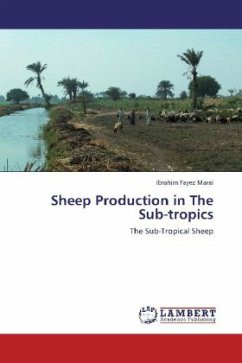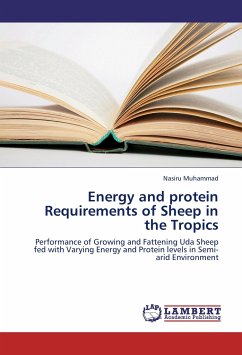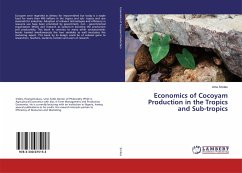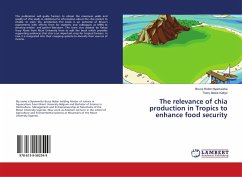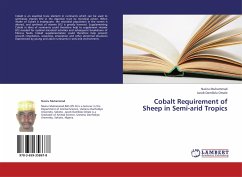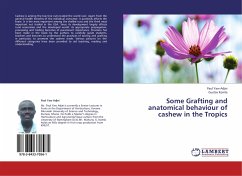In the sub-tropical hot region, the sheep are either fat- or thin-tailed. The fat-tailed sheep represent about 20-25% of the world s sheep population and are concentrated mainly in the very dry parts of Africa, the Middle East and Asia, although they are raised in many countries throughout the world. Among the thin-tailed in the same region, there are some prolific breeds such as the D man in Morocco, Chios in Cyprus (and Greece), Javanese in Indonesia, Horro in Ethiopia, Hu-Yang in China and Priangan (the rams are used for fighting in some areas) in Java. Efforts can be focused on developing effective programs that could help to optimize sheep productivity by increasing awareness of both the potential and the limitations of their production.
Bitte wählen Sie Ihr Anliegen aus.
Rechnungen
Retourenschein anfordern
Bestellstatus
Storno

